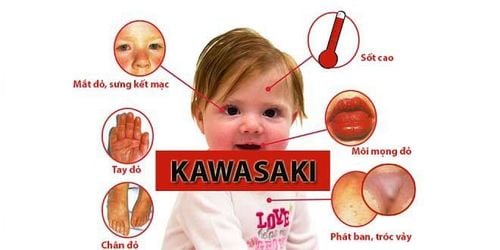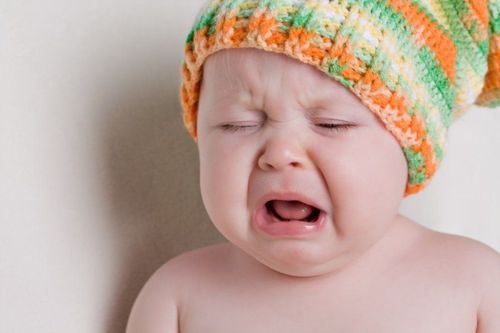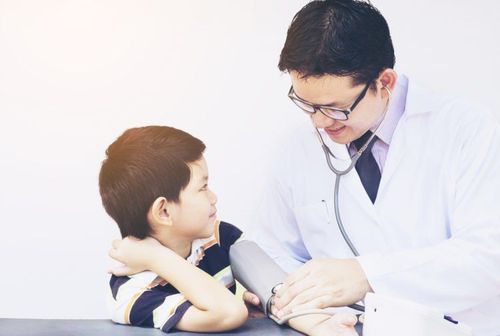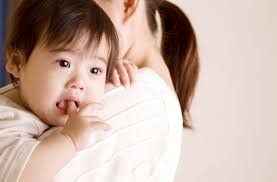This is an automatically translated article.
The article was professionally consulted by Assoc. Prof. TS.BS Ho Sy Ha - Pediatric Center, Vinmec Times City International Hospital. Dr. Ha has over 30 years of experience in pediatric cardiology, having worked for a long time at the National Children's Hospital. His strength is examination, diagnosis and treatment of children's diseases, echocardiography, examination and treatment of cardiovascular diseases in children.Kawasaki disease is a disease that often occurs in children under 5 years old, currently there are quite a few cases of this disease in the US and Japan. In recent years, Vietnam has also recorded many cases of disease. So, what is Kawasaki disease? Is it dangerous?
1. What is Kawasaki disease?
Kawasaki disease is an acute febrile illness or systemic rash in young children, characterized by diffuse inflammation of the small and medium-sized blood vessels throughout the body, including the coronary arteries that supply blood to the heart muscle.This disease is named after a Japanese pediatrician, who described the characteristic signs and symptoms of this disease in 1967. Kawasaki disease is common in children under the age of 5, billion The incidence of the disease is usually higher in boys than in girls.
The immediate consequences of Kawasaki disease may not be as severe right away. However, cardiovascular manifestations are serious such as inflammation of the heart, coronary artery aneurysm causing sudden death, myocardial infarction in young children or stenosis and chronic coronary failure later on.
Kawasaki disease is common in children under 5 years old, most commonly in breast-feeding age. The prevalence of the disease is usually higher in boys than in girls.
Trắc nghiệm: Nhận biết sớm dấu hiệu chậm phát triển thể chất và trí tuệ ở trẻ
Nếu 6 tuổi không biết đếm số, 7 tuổi vẫn chưa phân biệt được giữa thực tế và tưởng tượng thì có thể bé chậm phát triển thể chất và trí tuệ hơn so với bạn bè cùng lứa. Bạn đã nhận biết được các dấu hiệu bất thường sớm này chưa? Cùng làm nhanh bài trắc nghiệm sau để trang bị thêm kiến thức cho mình nhé!
The following content is prepared under supervision of Thạc sĩ, Bác sĩ y khoa, Ma Văn Thấm , Nhi , Phòng khám Đa khoa Quốc tế Vinmec Dương Đông(Phú Quốc)
2. Causes of Kawasaki disease in children
Currently, the cause of Kawasaki disease remains unknown. Most experts believe that the disease can have an infectious or toxic origin, such as a virus or bacteria; Racial factors are also involved because children are more common in Asian children or of Asian descent. In addition, environmental factors can be causative agents of the disease. To date, there is no definitive evidence that the disease is contagious.3. Symptoms of Kawasaki disease

Conjunctival congestion, red; There is usually no discharge, forming during the first week of illness. Lips are clearly red, may crack and bleed. The tongue is red and may be prickly. The rash often appears early in the illness; Common erythema multiforme, systemic. Manifestations in the extremities such as swelling of the backs of hands and feet; burgundy palms, feet. Lymph nodes in the neck and jaw may be enlarged, often on one side. Symptoms of Kawasaki disease are often similar to many other acute febrile illnesses such as infections, tropical typhus, while some symptoms progress like self-regress, so the disease is easy to miss or misdiagnosed with other diseases. other.
Therefore, if the child has a high fever continuously for 3-4 days, accompanied by 2 or 3 of the manifestations of red skin rash; red lips and prickly red tongue; bilateral eye redness (redness of the conjunctiva); Swollen lymph nodes in the jaw should be thought of as Kawasaki disease and soon take your child to a hospital with pediatric cardiology.
4. Complications of Kawasaki disease
If not detected early and treated promptly, the clinical manifestations of the disease may self-resolve, however, complications of the disease in organs, especially coronary artery aneurysms, can cause serious consequences. myocardial infarction or coronary artery stenosis and myocardial ischemia, chronic coronary insufficiency. This rate occurs in about a third of untreated cases.5. Treatment of Kawasaki disease in children

In order for children to be diagnosed and treated correctly and effectively, avoiding possible complications, parents should choose top reputable facilities.
In which the General and specialized Pediatric Clinic at Vinmec Times City International General Hospital is the first choice for parents.
The clinic accepts all common pediatric diseases and specialized diseases: Kawasaki, encephalitis, precocious puberty, staphylococcal bacteremia, 4S syndrome, hemophagocytic syndrome, peptic ulcer - Repeated duodenal ulcer, acute pancreatitis,... Vinmec Times City Hospital has invested methodically and fully with a system of clinics and international standard inpatient rooms arranged at the hospital according to international standards. each specific area. The person in charge of the clinic is Associate Professor. TS.BS Nguyen Thi Hoan - Head of the clinic with more than 40 years of experience in pediatrics and a leading doctor specializing in pediatric endocrinology in Vietnam.
Please dial HOTLINE for more information or register for an appointment HERE. Download MyVinmec app to make appointments faster and to manage your bookings easily.
The article references the source: Medschool.










